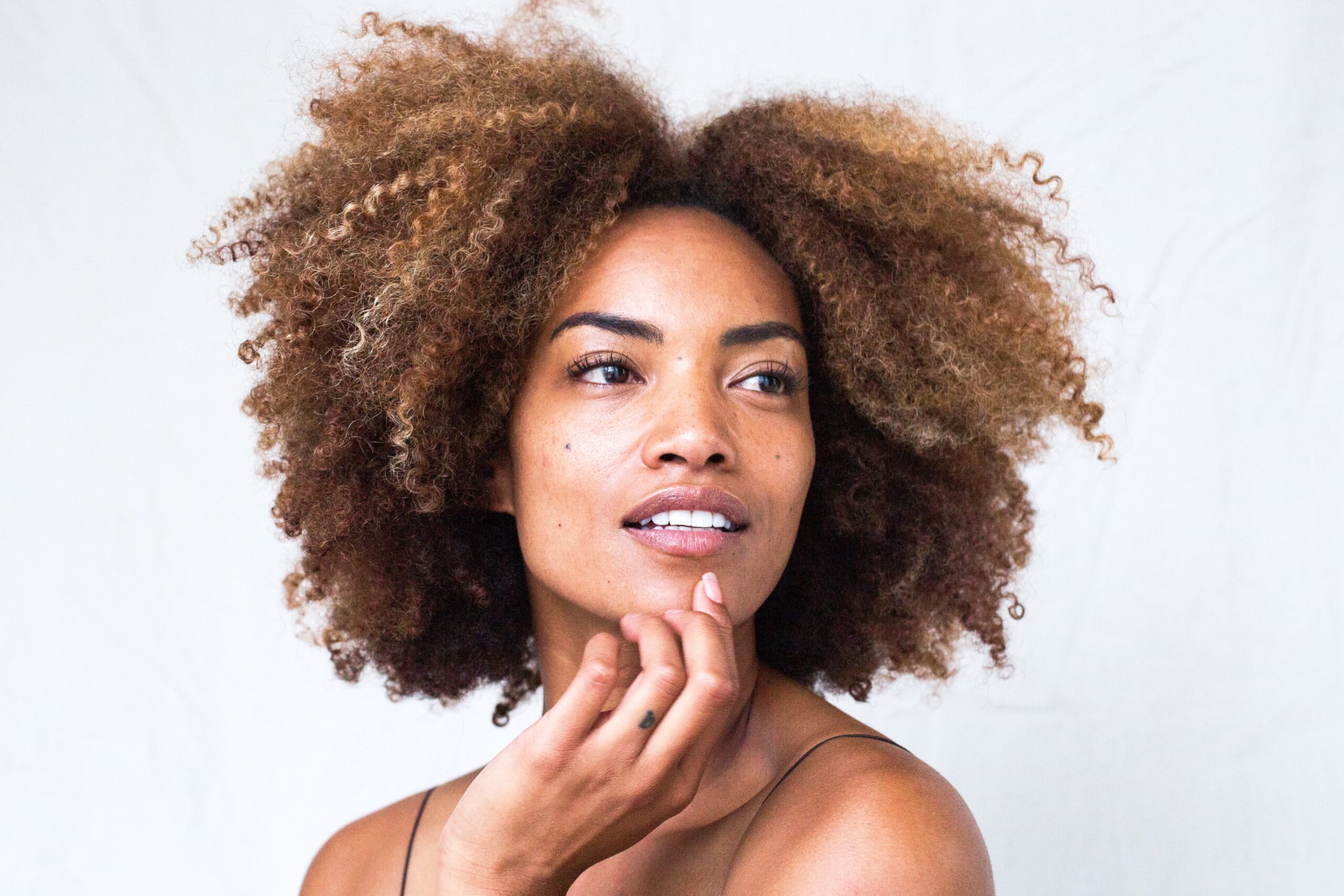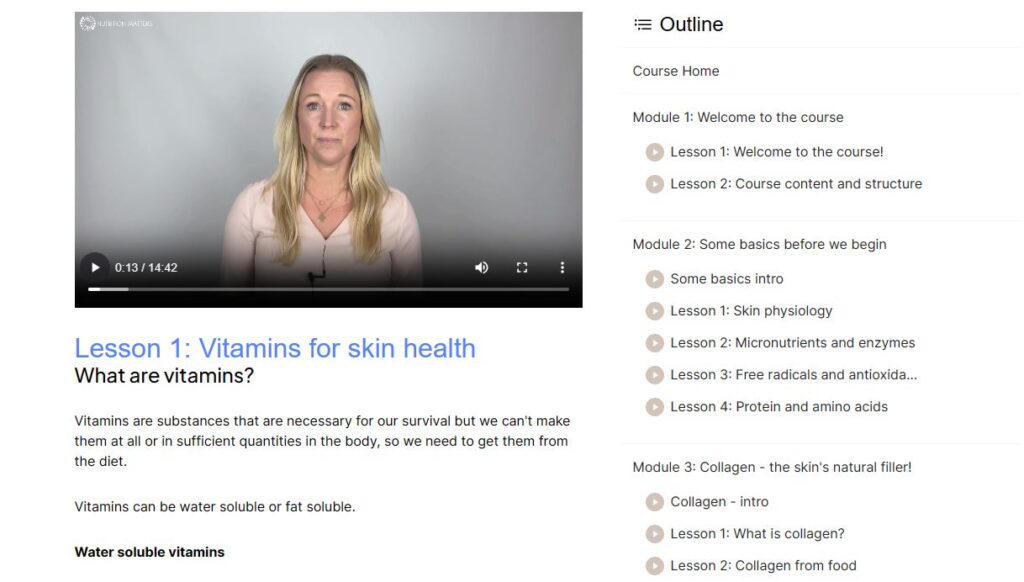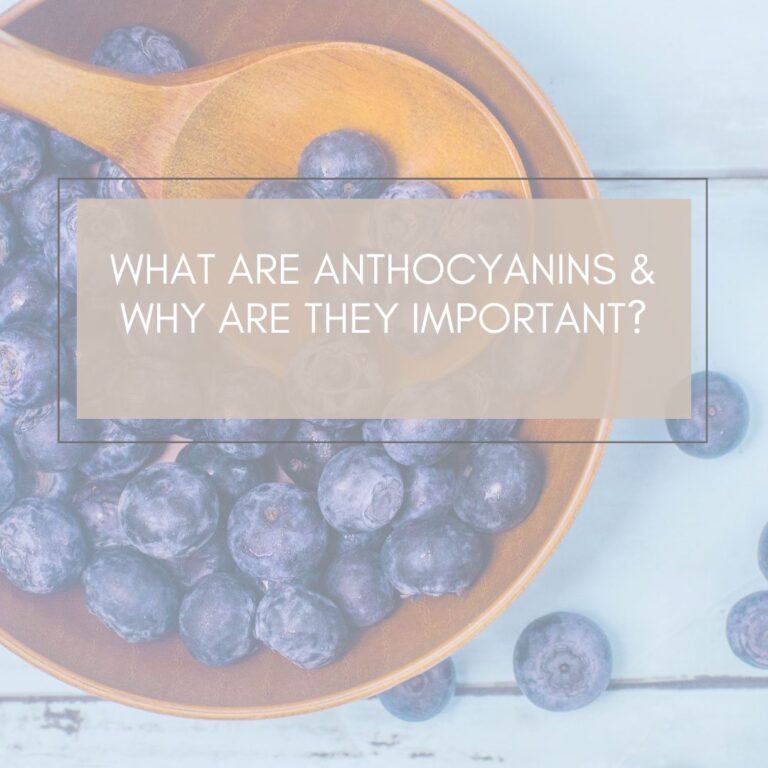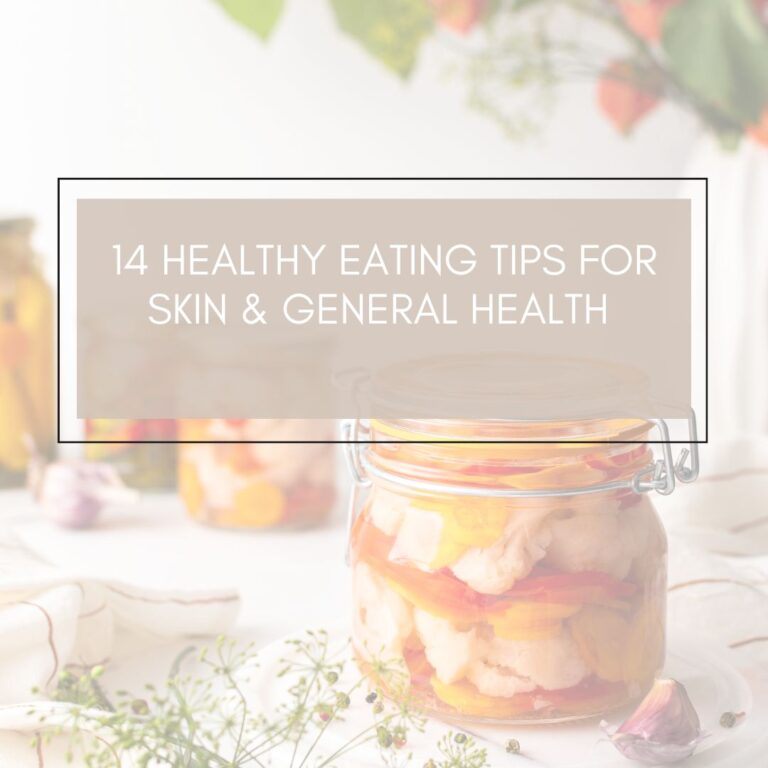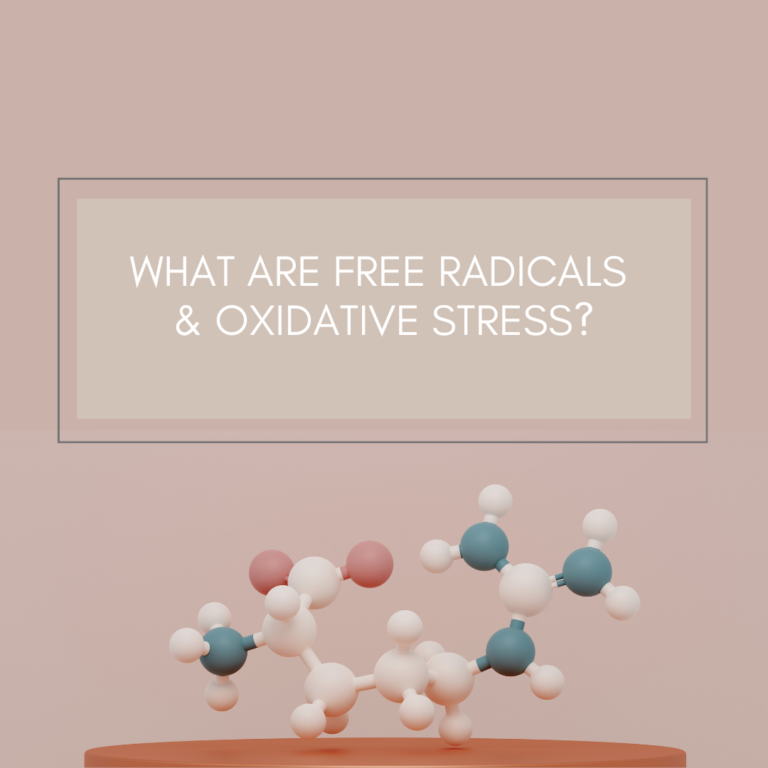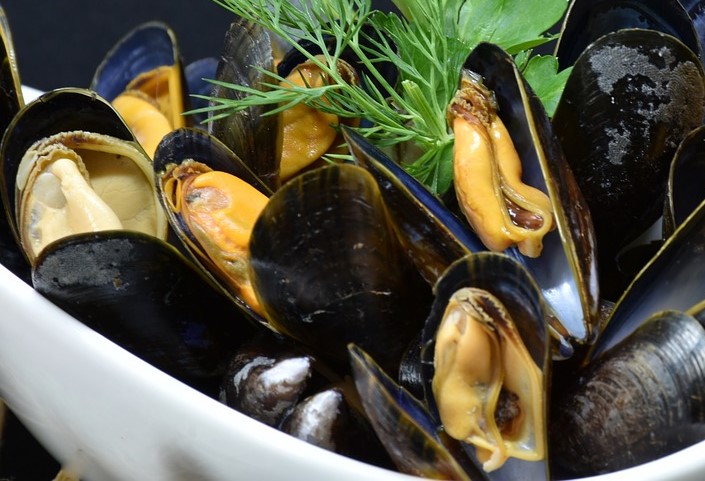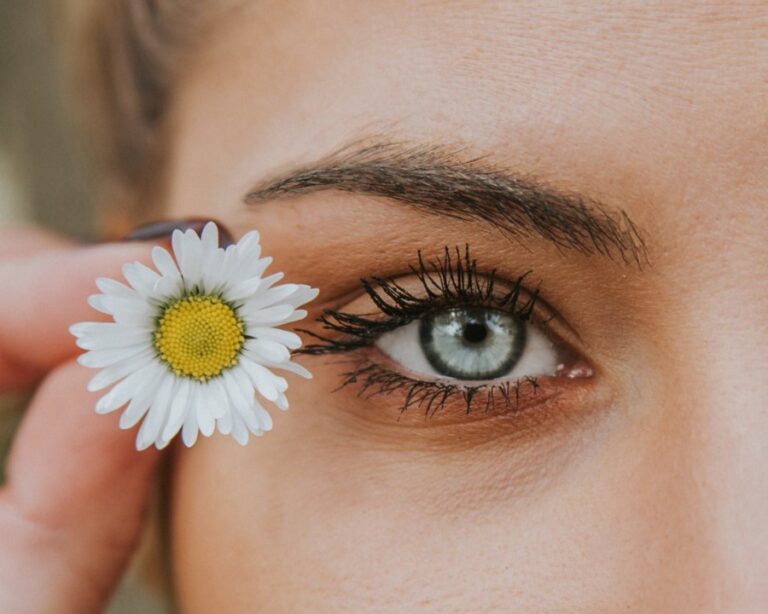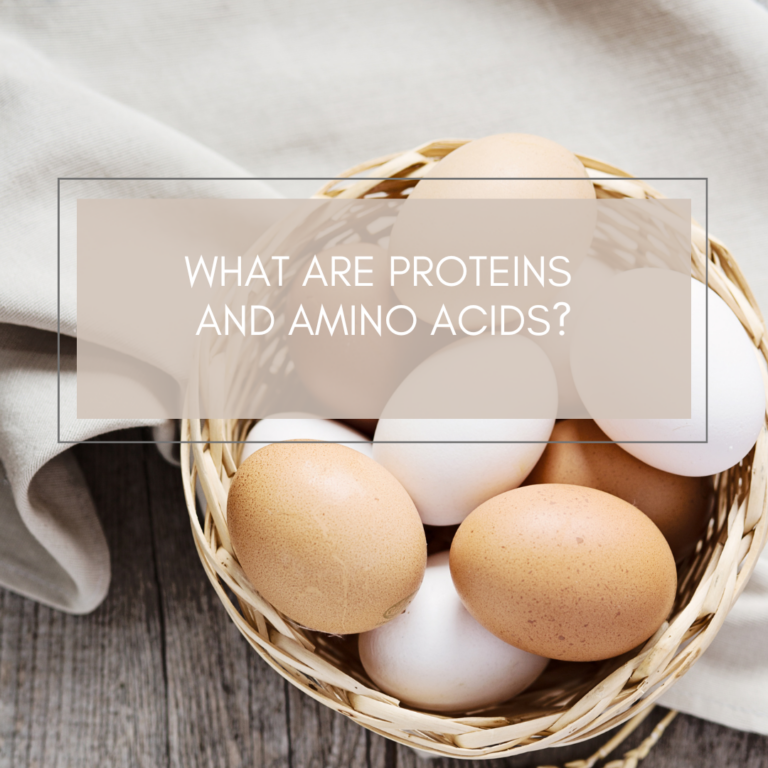What is collagen?
The name collagen comes from the greek word kólla which means glue and the word –gen which means producing. Collagen is sometimes referred to as the glue of the body, as it is responsible for holding the body together!
Collagen is a protein made up from amino acids. It is the most abundant protein in the body and makes up about 25-35 percent of all protein. Collagen is formed in fibroblast cells and incorporated into complex collagen tissues around the body.
Collagen is the main component of skin, skeleton, muscles, teeth and connective tissue, such as tendons, ligaments, cartilage and blood vessels. It is also found in the cornea of the eye, hair and the gut.
Deficiency of collagen can result in:
- hair loss
- brittle hair and nails
- saggy and dry skin
- problems with joint health
It is the shape of the collagen that makes in unique, compared to other proteins in the body. The collagen molecule is formed as a so called triple helix, which means that it consists of 3 strands of peptides twisted around each other, which makes it strong and useful for various tissues around the body, including the elasticity and structure of the skin.
The collagen is found under the first layers of skin and stretches the skin and gives it tone and makes the skin elastic. It is the skin’s natural filler!

Different types of collagen
There are different types of collagen depending on where in the body it is and what function it has. Nearly 28 types of collagen have been identified.
Type 1: skin
Type 2: joints, eyes, cartilage
Type 3: skin, muscles
The majority of the collagen in the body is type 1 and 3 of which 90% is type 1.
In the skin, collagen type 1 occurs up to 90% and the rest consists of collagen type 3.
Recycling of collagen
There is a constant turnover of collagen a balance between build up and break down.
The production of collagen is starting to decline from about 25 years of age. The older we get, the less collagen is produced and that’s why wrinkles appear. We lose about 1 per cent of collagen per year.
Collagen is incredibly dynamic and the formation and degradation are controlled by various factors.
Support renewal of collagen
In order to build strong collagen, you need to support the building blocks, the cofactors needed for producing collagen and the phytonutrient so protect from break down (as well as avoiding factors that break down collagen).
The main amino acids in collagen are glycine, proline and hydoroxyproline. These are not essential amino acids, which means that the body can make them from other amino acids. However, by providing these amino acids through diet (foods and supplements) can help increase the levels of these amino acids in the body and thereby increase synthesis of collagen.
Collagen is formed by the enzyme hydroxylase, which requires vitamin C as a cofactor. The minerals copper, zinc and manganese are also needed.
Physical activity can stimulate collagen synthesis. The force to which physical activity exposes collagen has been shown to strengthen collagen and protect against collagen breakdown. Too much exercise, however, can have the opposite effect.
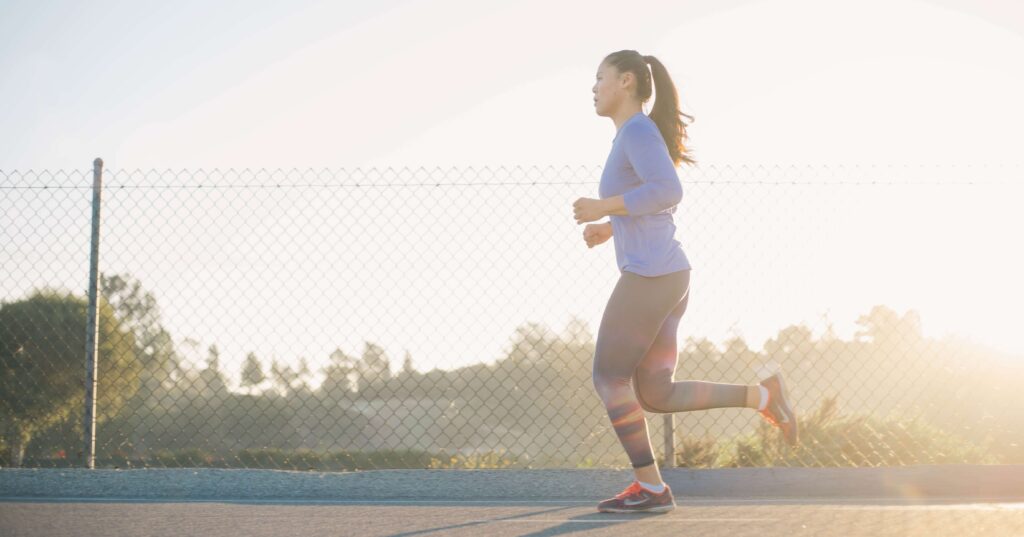
As we age, the formation of new collagen in the skin decreases. This causes the skin to lose its elasticity and wrinkles to form. Collagen formation can also decrease due to hormonal changes, nutritional deficiencies, stress and other factors.
There are factors that also accelerate the breakdown of collagen, e.g. smoking, sun exposure and so-called glycation (when sugar molecules attach to proteins and destroy them).
Collagen breakdown
Collagen is broken down by so called metalloprotease enzymes (MMP). The breakdown of collagen by MMP-enzymes is a natural process. That’s how the body works, it recycles tissues by breaking down and building up. Another example of this is your bones, they are constantly recycled!
There are different classes of MMP-enzymes, of which MMP1, that belongs to the group of so called collagenases, is one of main ones to consider when it comes to skin health. MMP1 also break down elastin fibrils and as you know, elastin is another very important protein in the skin.
Apart from age, some external factors increase the activation of MMP-enzymes, which may increase the breakdown of collagen. One example is UV-radiation, which creates something called photooxidative stress (read morea about free radicals and oxidative stress here). When the skin is exposed to UV-radiation MMP-enzymes are activated and break down collagen.
Other factors are hormones, nutritional deficiencies, stress and glycation.
Nutrition Matters Skin –
Your complete guide to beautiful skin from within!

